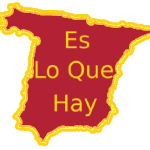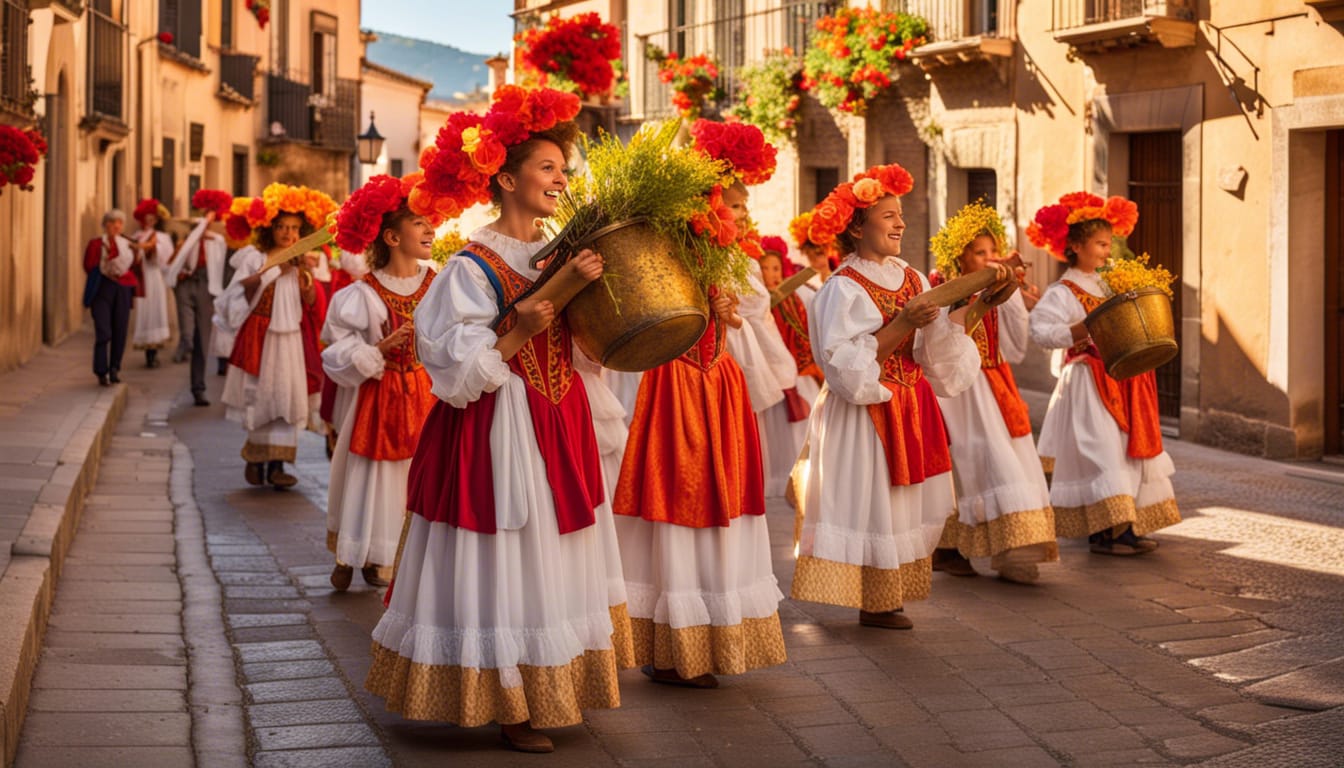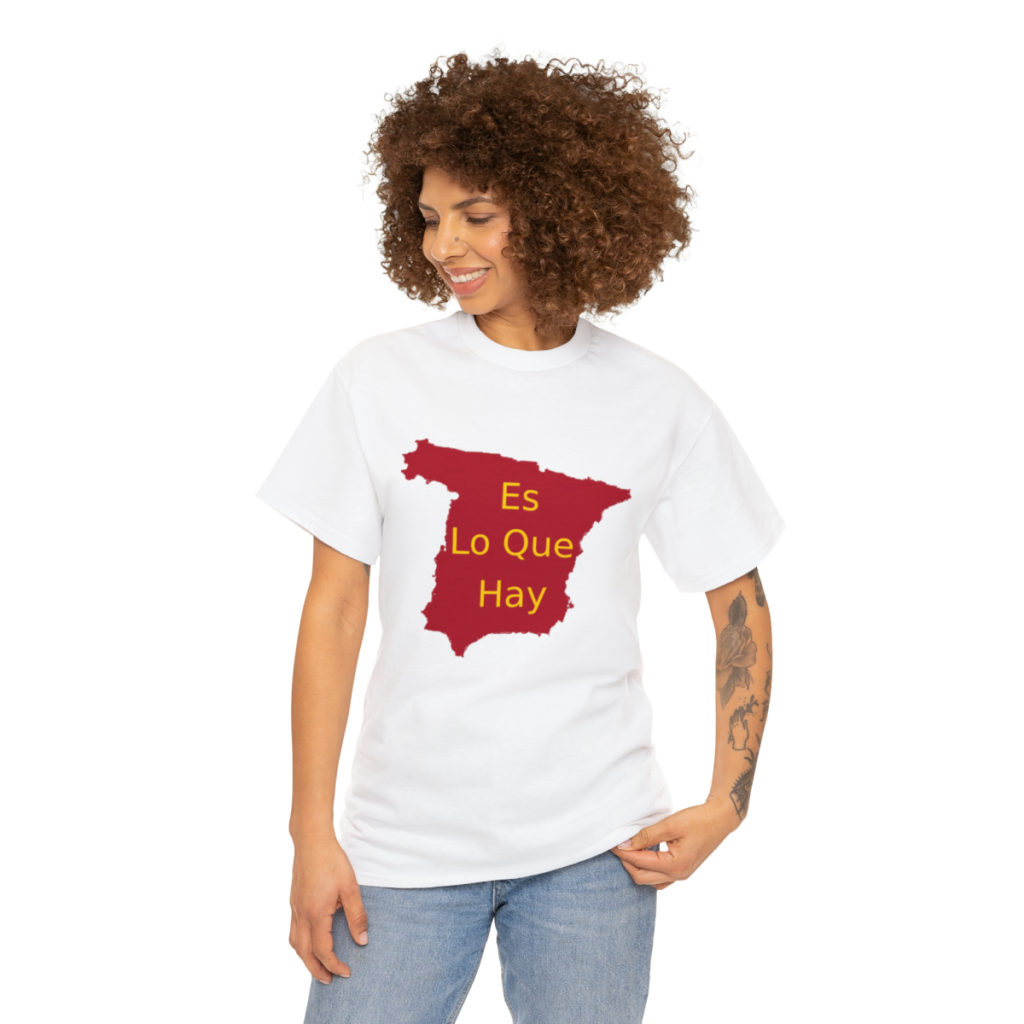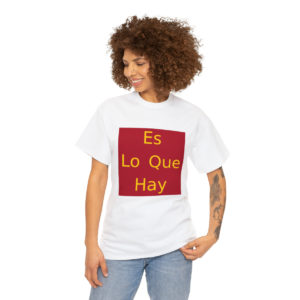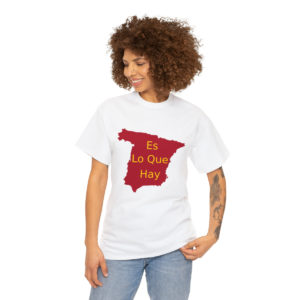Festivals and holidays play an important role in Spanish culture. From the religious celebrations of Holy Week to the more secular festivities of Las Fallas, these events are an integral part of Spanish life. They provide an opportunity for people to come together and celebrate their culture, traditions, and values. Not only do they bring people together, but they also provide a much-needed break from the everyday grind. Holidays and festivals give people a chance to take a step back, relax, and enjoy the company of family and friends. They also give people the chance to experience new cultures and traditions, learn about the history of their country, and explore the beauty of the Spanish landscape. From the vibrant colors of the Running of the Bulls to the solemnity of the Easter processions, Spanish festivals and holidays are a major draw for both locals and tourists alike.
Spanish festivals and holidays are renowned for their diversity and richness. From the vibrant, colorful Carnaval in the south of the country to the solemn processions of Semana Santa in the north, there is something for everyone. For those who like to party, the Feria de Abril in Seville is a must, with its flamenco dancing, bullfighting, and all-night street parties. For the more cultural traveler, there are the medieval festivals of Aragon and the Romeria de El Rocio in Andalucia. For the foodie, the tapas festivals of Madrid and Barcelona are not to be missed. And then there are the traditional fiestas of each village, where locals celebrate their patron saint with fireworks, processions, and feasting. No matter what your tastes, there is something to be found in the many Spanish festivals and holidays.
Festivals and holidays are an important part of Spanish culture. They provide a way to celebrate the country’s rich heritage, as well as a way to bring people together. From the religious holidays of Christmas and Easter to the more secular festivals of Las Fallas, La Tomatina, and Semana Santa, there is something for everyone to enjoy. Festivals and holidays are also a great way to experience the country’s unique cuisine, music, and art. Many of these celebrations are centuries-old, and they provide an opportunity to learn more about the history of the region. Additionally, festivals and holidays are an important part of the economy, as they bring in tourists from around the world who are looking to experience the culture and traditions of Spain.
One of the best things about Spanish culture is the diversity and richness of its festivals and holidays. From the colorful Carnivals of Cadiz and Tenerife to the historic and religious processions of Holy Week, there is something for everyone to enjoy. The vibrant streets of Madrid come alive with music and dance during the San Isidro Festival, while the traditional bullfighting of Pamplona captures the attention of onlookers. Other notable celebrations include Semana Santa, the week leading up to Easter, and the Feria de Abril, a week-long celebration of flamenco music and dance in Seville. No matter the time of year, there is always something to celebrate in Spain!
Festivals are an important part of Spanish culture and are celebrated with joy and enthusiasm throughout the country. They are a way to express the unique history, culture, and identity of the Spanish people. From the famous Running of the Bulls in Pamplona to the colorful Fallas in Valencia, Spain has a wide variety of festivals that are celebrated with pride and joy. These festivals often include religious ceremonies, traditional music and dance, colorful costumes, and delicious food. They provide an opportunity for the Spanish people to come together and celebrate their culture and traditions. They also help to bring different generations together and provide a way for people to connect with their past and celebrate their present. Festivals in Spain are a way to bring people together, create a sense of community, and honor the history and culture of Spain.
Major Spanish Festivals
La Tomatina
La Tomatina is a world-famous food fight festival held in the small town of Buñol in Valencia, Spain. It is held every year on the last Wednesday of August and is one of the most popular festivals in Spain. The festival began in 1945 when a group of young men started a food fight in the town square. Since then, it has grown into a massive celebration that attracts thousands of people from around the world. The festival is known for its massive tomato fight, where participants throw over-ripe tomatoes at each other. The tomatoes are grown specifically for the festival and are all squishy and soft to ensure that no one gets hurt. The festival also includes a parade, live music, and dancing. La Tomatina is a unique and fun festival that has been celebrated for over 70 years and is a must-see event for anyone visiting Spain.
La Tomatina is an annual festival held in the small Spanish town of Bunol, near Valencia, on the last Wednesday of August. It is a unique and exuberant celebration, where participants from all over the world come together to throw tomatoes at each other. The festival began in 1945, when a group of friends decided to have a food fight with tomatoes from the nearby vegetable market. Since then, it has grown to become a major international event, attracting over 20,000 people each year. The event is celebrated with an abundance of enthusiasm and energy, as participants throw tomatoes at each other in what is essentially a giant tomato fight. The tomatoes used are over-ripe, and squashed before being thrown, so that they are easier to handle and less likely to cause injury. The festival is also accompanied by music and dancing, and there are also a number of other activities for participants to enjoy. La Tomatina is a unique and unforgettable experience, and it is no surprise that it has become such a popular event.
Running of the Bulls (San Fermín)
The Running of the Bulls, or San Fermín, is an annual event held in Pamplona, Spain. It is a centuries-old tradition that dates back to the 14th century. During the festival, bulls are released from the corrals and run through the city streets, while brave participants attempt to dodge them. The event is held in honor of Saint Fermin, the patron saint of Navarre, and is celebrated from July 6th to the 14th.
The festival is a mix of religious and pagan traditions, with the bulls being released in honor of the saint and the participants chasing them in a more pagan tradition. The event has become a symbol of Spanish culture, with thousands of people from all over the world making their way to Pamplona each year to take part in the festivities. The Running of the Bulls is also a popular subject in literature and film, with Ernest Hemingway’s novel The Sun Also Rises being one of the most famous works about the event.
The Running of the Bulls, or San Fermín, is a centuries-old tradition celebrated in Pamplona, Spain. Every year, from July 6th to the 14th, the city of Pamplona is transformed into a fiesta of music, dance, and revelry. During the festival, six bulls are released into the streets of the old city at 8am each morning. Thousands of people, called “mozos”, line the streets and try to outrun the bulls. The mozos who make it to the bullring are rewarded with prizes and the admiration of the crowd. After the run, the bulls are taken to the bullring to face off against a matador.
The festival of San Fermín is not only about the running of the bulls. It is a celebration of Spanish culture and tradition. Every night during the festival, the city is filled with music and dancing. The streets are lined with food stalls, selling traditional Spanish dishes like paella and churros. There are also parades, fireworks, and performances of traditional Spanish music and dance. The festival culminates with the final bullfight on the 14th of July.
San Fermín is a unique celebration that brings together people of all ages and backgrounds. Every year, thousands of people come to Pamplona to join in the festivities. Whether you’re there to take part in the running of the bulls or simply to enjoy the atmosphere, San Fermín is an unforgettable experience.
Semana Santa (Holy Week)
Semana Santa, or Holy Week, is an important religious holiday in countries with a strong Catholic tradition. It is celebrated in the week leading up to Easter Sunday and is a time of reflection, prayer, and celebration. The holiday has its roots in the Bible, specifically the story of Jesus’s last week before his death and resurrection. During Semana Santa, people typically attend church services, hold processions, and take part in other religious activities. In some countries, such as Spain and Mexico, Semana Santa is a public holiday and is celebrated with parades, fireworks, and other festivities. For many people, Semana Santa is a time to come together with family and friends to remember the importance of faith and to honor the sacrifice of Jesus.
Semana Santa (Holy Week) is an important religious celebration in many countries with Catholic influence, such as Spain, Mexico, and Colombia. During the week leading up to Easter Sunday, people take part in various religious activities, such as attending Mass, praying, and participating in processions. In Spain, Semana Santa is celebrated with colorful processions through the streets of cities and towns, with people carrying statues of Jesus and the Virgin Mary, and singing religious hymns. In Mexico, the celebration is known for its colorful and intricate floats, which are carried through the streets by hundreds of people. In Colombia, the celebration is marked by traditional dances, such as the “danza de las ánimas” (dance of the souls), and the “danza de los diablos” (dance of the devils). No matter where it is celebrated, Semana Santa is a time for people to come together to honor their faith and celebrate the resurrection of Jesus.
Fallas de Valencia
Fallas de Valencia is a traditional festival held in Valencia, Spain, every March. It is celebrated by the locals with great joy and enthusiasm. The festival was first held in the 18th century and is believed to have originated from the celebration of Saint Joseph’s day. It is celebrated for a period of five days with grand firework displays, parades, and the construction of elaborate papier-mâché figures known as “falles”. The figures are built to represent various themes, ranging from political satire to historical events. During the festival, the figures are set ablaze and destroyed in a grand ceremony known as “La Crema”. This is accompanied by a spectacular firework display and a parade of people dressed in traditional costumes. The festival is a great opportunity to experience Spanish culture and traditions and to witness the vibrant celebrations of the locals.
Fallas de Valencia is a popular festival celebrated in the city of Valencia, Spain. It is held every year from March 15th to March 19th, and is a celebration of the arrival of spring. During the festival, people of all ages come together to celebrate with a variety of activities, such as the building of large, intricate sculptures called fallas. These sculptures are often made from wood, cardboard, and plaster, and are decorated with bright colors and intricate designs. The sculptures are then set on fire during the festival, creating a spectacular display of light and color. In addition to the fallas, there are also parades, music, dancing, and fireworks. The festival is a great way to experience the culture of Valencia and to celebrate the arrival of spring.
Other Notable Holidays
Spanish festivals are some of the most vibrant and colorful celebrations in the world. There are a variety of different types of festivals that take place throughout the year in Spain, ranging from religious festivals to regional events. Religious festivals are a large part of Spanish culture, with the most famous being Easter and Christmas. During Easter, processions are held and celebrations take place with traditional foods and activities. Christmas is also a popular festival in Spain, with decorations, music, and food being shared among family and friends. Historical festivals are also popular in Spain, with many cities and towns hosting events to commemorate their past. These events often involve music, dancing, and traditional costumes. Regional festivals are also popular, with each region of Spain hosting its own unique celebration. These festivals are often based around the local culture and traditions of the area, with music, dancing, and food being shared among the participants. Spanish festivals are a great way to experience the culture and history of the country, and to meet new people and have fun.
Spanish Public Holidays
In Spain, there are both national and regional holidays. National holidays are celebrated throughout the country, while regional holidays are only celebrated in certain areas. National holidays in Spain include New Year’s Day, Constitution Day, Labour Day, and National Day. These are celebrated nationwide with public events, parades, and other festivities. Regional holidays are specific to individual Spanish regions and are celebrated only in those areas. For example, Castilla-La Mancha observes the Day of the Autonomous Community, while the Basque Country celebrates the Day of the Basque Country. Each regional holiday usually has its own unique traditions and celebrations, which can vary greatly from region to region. In addition to these holidays, there are also religious holidays such as Easter and Christmas, which are celebrated throughout the country. No matter where in Spain you are, there is always something special to celebrate!
As we enter the New Year, it’s a time to reflect on the past year and look forward to the promise of a new one. New Year’s Day (Año Nuevo) is a time to celebrate the new beginning and all the possibilities that come with it. It’s a time to make resolutions and set goals for the coming year. It’s also a time to remember the past and honor the memories of those we have lost. In Latin America, New Year’s Day is celebrated with family gatherings, feasts, and fireworks. Many Latin Americans also take part in the traditional New Year’s Eve ritual of writing a letter to the Virgin Mary asking for blessings for the new year. This is followed by a midnight mass, which is then followed by a party and fireworks. The celebration continues throughout the day with parades, music, and dancing. No matter how you choose to celebrate, New Year’s Day is a time to celebrate the new beginnings and all the possibilities that come with it.
Epiphany, or Día de los Reyes Magos, is a holiday celebrated in many Latin American countries. It is celebrated on January 6th and marks the visit of the Three Wise Men to the baby Jesus. On this day, children receive gifts from the Three Wise Men, similar to how children receive presents from Santa Claus on Christmas Day. The holiday is celebrated with family gatherings and feasts. Many families also share the traditional Rosca de Reyes, a ring-shaped cake with a small figurine of baby Jesus hidden inside. Whoever finds the figurine in their slice is believed to receive good luck for the year. In Mexico, the holiday is celebrated with a parade, where the Three Wise Men ride on camels, horses, and floats. The parade is filled with music, dancing, and colorful costumes. Epiphany is a special holiday that celebrates the joy of giving and receiving, and the importance of family.
Good Friday, also known as Viernes Santo in Spanish, is a religious holiday celebrated by Christians around the world. The day marks the crucifixion of Jesus Christ and his death at Calvary. It is a time for reflection and prayer, and many Christians observe the day by attending church services and participating in religious activities. Good Friday is observed on the Friday before Easter Sunday, and is typically a somber day of mourning for many Christians. Many churches hold special services and vigils to commemorate the day, and in some countries, the day is a public holiday. In Latin America, Good Friday is celebrated in a variety of ways, from processions and parades to special meals and decorations. While the customs may vary from country to country, the day is always a solemn one, and a time to honor the sacrifice of Jesus Christ.
Labor Day, or Día del Trabajo in Spanish, is a holiday celebrated on May 1st in many countries around the world. This day marks the beginning of the working year, and serves as a reminder for us to recognize and appreciate the hard work of laborers everywhere. It is a day to honor those who have dedicated their lives to the labor force and to recognize the importance of the labor movement. On this day, we celebrate the accomplishments of workers and their contributions to society. It is a day to recognize the rights and freedoms of workers, and to recognize the progress that has been made in the labor movement. We should also take the time to reflect on the challenges that still remain in the labor movement, and to continue to strive for better working conditions and improved rights for all workers. Let us use this day to recognize the importance of the labor movement, and to honor the hard work of all laborers, both past and present.
National Day in Spain marks the celebration of a day that commemorates the anniversary of the country’s formation in 1492. This day is celebrated with parades, concerts, and fireworks throughout the country. As a proud Spanish citizen, I am honored to be able to celebrate this special day with my family and friends. We start the day with a traditional breakfast of churros con chocolate, a delicious combination of fried dough and hot chocolate. Throughout the day, we enjoy traditional Spanish music and dance, and in the evening, we gather to watch fireworks and celebrate the national holiday. We take this opportunity to reflect on the history of our country and to celebrate the values of unity, freedom, and democracy that make Spain such a unique and special place. National Day is a reminder of the importance of coming together to honor our country’s past and to look forward to a bright future.
Spain is a country with many public holidays throughout the year. While the main holidays are celebrated nationwide, there are other public holidays that are celebrated in specific regions. One of these is the Fiesta de San Antonio de la Florida, which is celebrated in Madrid on June 13th. This holiday commemorates the life of San Antonio de la Florida, a 19th century Spanish painter and muralist. The day is filled with festivities, such as parades, music, and traditional dances. Other local holidays include La Tomatina in Buñol, Valencia, which is a tomato-throwing festival that takes place on the last Wednesday of August. The festival is a fun and unique way to celebrate the end of the summer season. Another popular holiday is the Festival of San Fermin in Pamplona, Navarra, which is a week-long celebration that includes the famous Running of the Bulls. There are also smaller regional holidays such as the Festival of San Isidro in Madrid, which celebrates the patron saint of the city. These regional holidays are an important part of Spanish culture and provide unique opportunities to experience the country’s traditions and customs.
Conclusion
As an expat living in a Spanish-speaking country, understanding and participating in Spanish festivals and holidays is an important part of your experience. Not only do these celebrations provide a unique opportunity to learn more about the culture and customs of your host country, but they also provide a chance to make new friends and build relationships. Participating in festivals and holidays can also help you to become more familiar with the language, as you will be exposed to new words and phrases that you may not have encountered before. Additionally, taking part in local festivities is a great way to immerse yourself in the culture and show your appreciation for the traditions of your host country. Ultimately, understanding and participating in Spanish festivals and holidays is a great way to make the most of your expat experience.
As an expat living in Spain, it can be difficult to adjust to a new culture and language. However, there are many amazing Spanish cultural experiences to be had that can help you to truly immerse yourself in the culture. From visiting historical sites to learning about the country’s cuisine, there are plenty of ways to connect with the culture. For example, you can visit the famous Alhambra Palace in Granada to learn more about the country’s Moorish heritage. You can also explore the vibrant nightlife in cities like Madrid and Barcelona, or take a cooking class to learn how to make traditional dishes like paella and gazpacho. Additionally, you can attend one of the many festivals that take place throughout the year, such as the Running of the Bulls in Pamplona or the Tomatina Festival in Valencia. By taking part in these experiences, you will gain a better understanding of the Spanish culture and make the most of your time in the country.
